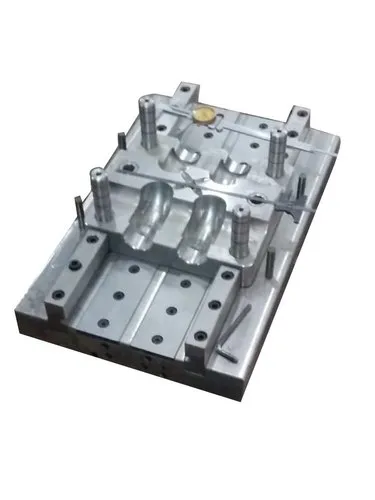Caps and closures are essential components in the packaging industry, playing a crucial role in maintaining the integrity, safety, and longevity of a wide range of products. Whether used in food and beverages, pharmaceuticals, cosmetics, or household chemicals, these components are much more than just seals—they are fundamental to product preservation.
1. Protection Against Contamination
One of the primary functions of caps and closures is to protect the product from external contaminants such as dust, dirt, microbes, and airborne particles. This is especially critical in food, beverage, and pharmaceutical packaging, where exposure to external elements can compromise safety and efficacy.
2. Barrier to Moisture, Air, and Light
Caps and closures act as effective barriers to environmental factors that can degrade products. For instance:
Moisture can cause spoilage, clumping, or fermentation.
Oxygen exposure can lead to oxidation, reducing shelf life and altering taste or composition.
Light, especially UV rays, can degrade certain substances, particularly in pharmaceuticals and cosmetics.
By offering airtight and sometimes light-resistant sealing, closures help extend the product’s shelf life and preserve its original quality.
3. Prevention of Leakage and Spillage
Closures ensure that liquids and semi-liquids are securely contained, preventing leaks during transportation and storage. This not only maintains product quantity but also prevents mess and potential hazards, especially with chemical products.
4. Tamper Evidence and Safety
Tamper-evident closures provide visual indicators of product integrity. This reassures consumers that the product has not been opened or altered before purchase, enhancing consumer safety and trust.
Examples include:
Breakable seals
Shrink bands
Induction seals
5. Preservation of Active Ingredients
In sensitive formulations, particularly in pharmaceuticals and nutraceuticals, caps and closures are designed to protect active ingredients from environmental degradation. Specialized closures like desiccant caps or oxygen-absorbing liners are used to ensure product stability over time.
6. Facilitation of Resealability
Modern closures are often designed to allow easy resealing, which aids in maintaining freshness and usability after initial opening. This feature is vital for products that are used over extended periods, such as sauces, creams, and cleaning supplies.
7. Consumer Convenience
While primarily functional, closures also add to user convenience. Features like child-resistant caps, flip-tops, and pumps not only enhance safety but also improve user experience, which indirectly contributes to better preservation through proper handling and usage.
Conclusion
In essence, caps and closures are integral to product preservation. Their role goes beyond mere containment—they are active protectors of product quality, safety, and consumer satisfaction. As packaging technology continues to evolve, so will the innovation in closures, further enhancing their ability to preserve and protect.


